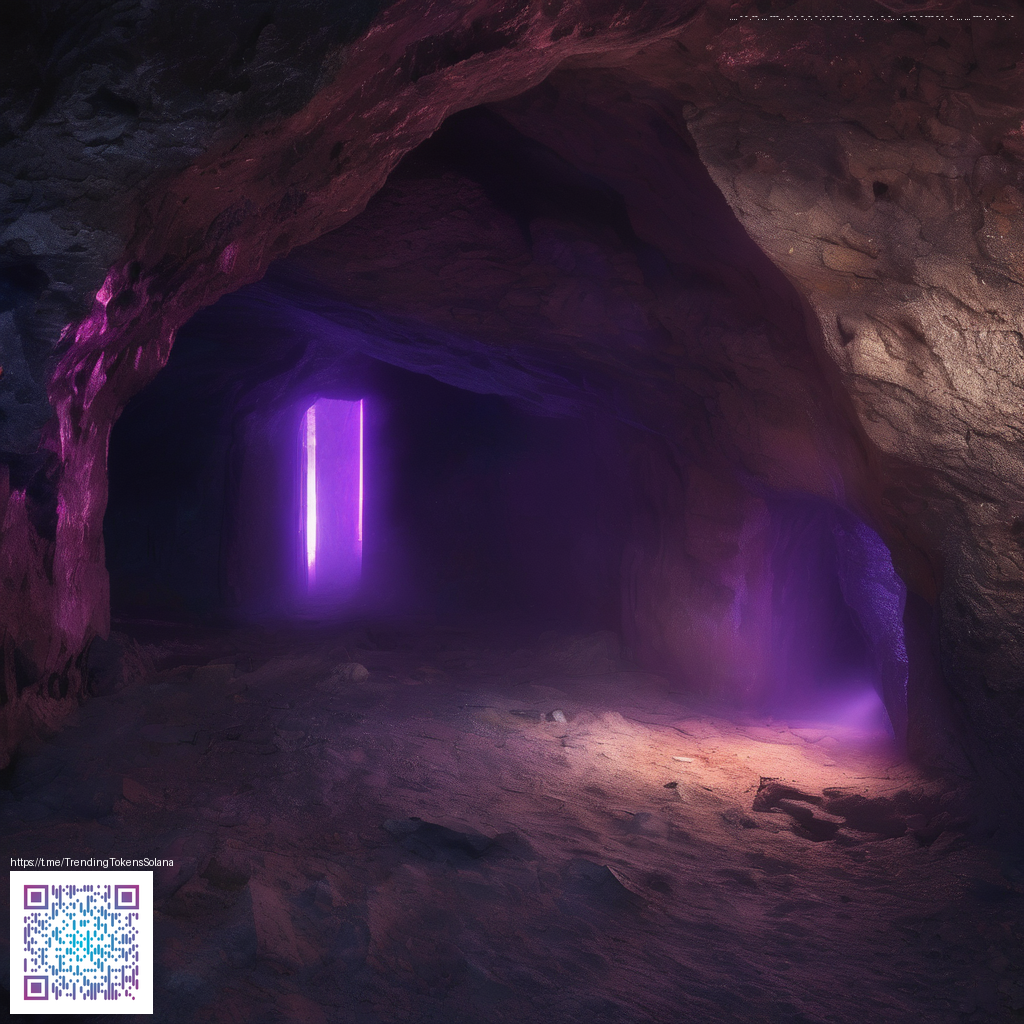
Image credit: X-05.com
Comparing Single-Board Computers: Pros, Cons, Top Picks
Single-board computers (SBCs) empower compact projects that once required full desktop systems. From educational kits to home automation hubs and compact media centers, SBCs offer affordable, energy-efficient ways to prototype and deploy. This article surveys the landscape, clarifies what to look for, and highlights top choices for differing use cases. While no single board fits every scenario, understanding the trade-offs helps you align hardware with your project goals and budget.
What defines a single-board computer?
An SBC integrates a complete computing system on a single circuit board, delivering a processor, memory, storage interfaces, and input/output options in a compact package. Unlike microcontroller boards, SBCs typically run a full operating system and support networking, USB peripherals, cameras, and display outputs. Most are ARM-based, though some boards offer alternative architectures. The advantages are clear: a low footprint, low power draw, wide software support, and an active maker ecosystem. The trade-offs often involve thermal behavior, limited onboard expansion compared to modular desktops, and varying levels of driver maturity and community activity.
Key decision factors
- Performance and memory: Ensure the CPU cores and RAM suffice for your workload, be it media playback, emulation, or lightweight servers.
- Software ecosystem: A rich image library, accessible tutorials, and ongoing driver support shorten setup time and reduce maintenance.
- I/O and expansion: Look for GPIO availability, USB bandwidth, Ethernet or Wi-Fi, and any PCIe or camera interfaces you require.
- Thermals and reliability: Boards can throttle under sustained load; plan for a cooling solution and a robust enclosure if needed.
- Price-to-performance balance: Pick a board that aligns with your project scope, avoiding features you won’t utilize.
Popular families and trade-offs
The Raspberry Pi line remains the most recognizable SBC family, renowned for its balance of affordability, software availability, and broad community support. For beginners and enthusiasts alike, Raspberry Pi boards deliver an approachable path to learning Linux, building home servers, or powering media centers. The trade-off is that ultra-compact enclosures can throttle performance under heavy workloads, and certain niche peripherals may require extra configuration.
Odroid devices often offer higher CPU performance and faster storage options, appealing to users running more demanding applications like high-definition media processing or more ambitious emulation projects. While they deliver robust performance, their community size and availability of tutorials are typically smaller than Raspberry Pi’s, which can influence how quickly you can troubleshoot issues.
BeagleBone Black and NanoPi boards emphasize real-time I/O and industrial-grade interfaces, making them strong candidates for robotics, automation, and edge computing. They can require more hands-on setup and a deeper understanding of Linux or real-time operating system nuances, but their I/O fidelity and deterministic behavior can be decisive for certain projects.
ASUS Tinker Board, Pine64, and similar boards aim to push performance and expandability, sometimes offering better GPU capabilities or native PCIe-like interfaces. Their software ecosystems are solid, but not as expansive as Raspberry Pi’s for general-purpose education or hobbyist projects, so expect to verify driver compatibility for some peripherals.
Top picks by use case
- Best for beginners and education: Raspberry Pi 4 — strong ecosystem, extensive tutorials, and broad OS support for Linux-based learning and small projects.
- Best for media centers and lightweight servers: Odroid N2+ or Raspberry Pi 4 with proper cooling and storage for reliable 1080p/4K playback and streaming tasks.
- Best for robotics and sensors: BeagleBone Black or NanoPi variants for richer I/O and deterministic performance in control tasks.
- Best for compact desktop experiments: ASUS Tinker Board S — solid performance with flexible expansion, recognizing a smaller software community than Raspberry Pi.
- Best for enthusiasts seeking headroom: Odroid or Pine64 boards with ample RAM and expansion options for emulation boxes or compact NAS solutions.
When selecting an SBC, consider your project’s lifecycle: will you repurpose the board often, or is it a one-off prototype? You’ll also want a stable power supply, adequate cooling, and reliable storage to minimize downtime. A well-chosen SBC pairings with a dependable mouse pad for your workstation can improve comfort during long tinkering sessions, helping you stay productive and precise as you assemble components and test configurations.
For enthusiasts who want a practical accessory to accompany their SBC setup, a compact, durable surface can matter as much as the board. The Gaming mouse pad neoprene 9x7 stitched edges offers a reliable, smooth surface for mouse precision and keyboard action during long coding or prototyping sessions.
gaming mouse pad neoprene 9x7 stitched edges